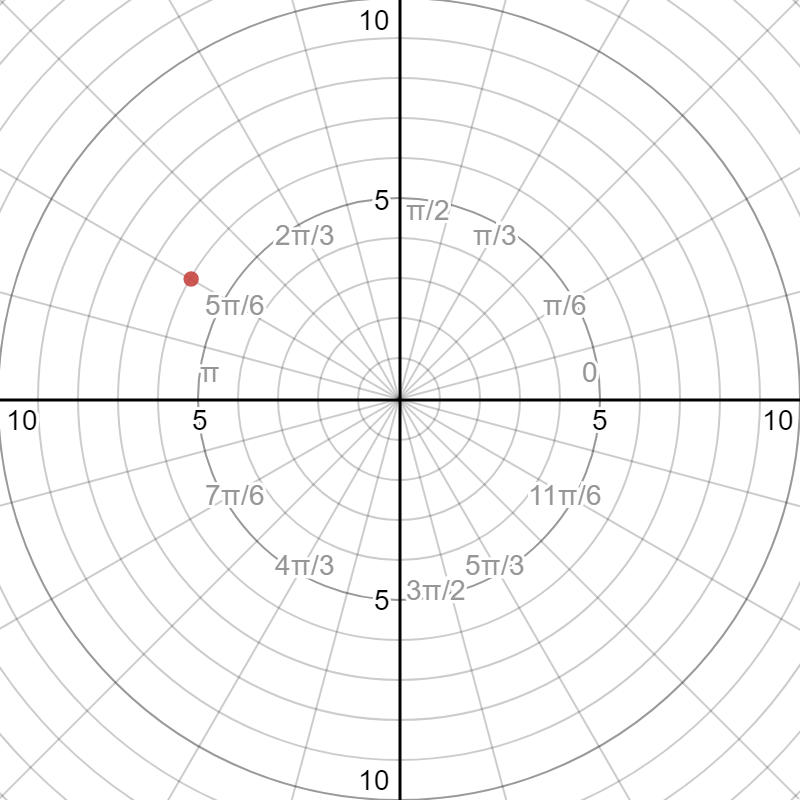8 Plot Point System
Plotting Points In A Coordinate System How Do You Plot Points? Before plotting points on a graph, you first have to understand the X and Y axis. The X and Y axis are number lines that run horizontally and vertically on the coordinate system. An example of a set of coordinates for a point is (5,2), which is marked with the blue dot in the. Coordinate pictures are a way of helping to reinforce plotting skills with a game of connect-the-dots. Each series of points connects to form a line. The collection of lines reveals a picture. The coordinates of the points or line nodes are given by x, y. The optional parameter fmt is a convenient way for defining basic formatting like color, marker and linestyle. It's a shortcut string notation described in the Notes section below. plot (x, y) # plot x and y using default line style and color plot (x, y, 'bo') # plot x and y using blue circle markers plot (y) # plot y.
8 Plot Point System Definition
Use a pair of perpendicular number lines, called axes, to define a coordinate system, with the intersection of the lines (the origin) arranged to coincide with the 0 on each line and a given point in the plane located by using an ordered pair of numbers, called its coordinates. Understand that the first number indicates how far to travel from the origin in the direction of one axis, and the second number indicates how far to travel in the direction of the second axis, with the convention that the names of the two axes and the coordinates correspond (e.g., x-axis and x-coordinate, y-axis and y-coordinate).
Index of lessons |
Plot Points On A Map
Plottings Points in the Cartesian Plane (page 2 of 3)
Sections: Introduction to the plane, Plotting points, The four quadrants
When you were trying to find your street on that map, you went over to D and then down to 12. And that 'D12' designation was unambiguous, because it was easy to tell which stood for which. Even if the designation had been written as '12-D', you still would have known which box to go to, because the 'D' would still have been across the top and the '12' would still have been along the side. But in the Cartesian plane, both axes are labelled with numbers. How can you tell how far left or right to go, or how far up or down to go?
Plot Points In A Novel

Suppose you were told to locate '(5, 2)' (pronounced as 'the point five two' or just 'five two') on the plane. Where would you look? To understand the meaning of '(5, 2)', you have to know the following rule: The x-coordinate (the number for the x-axis) always comes first. The first number (the first coordinate) is always on the horizontal axis.

| So, for the point (5, 2), you would start at the 'origin', the spot where the axes cross: |
| ...then count over to 'five' on the x-axis: |
| ...then count up to 'two', moving parallel to the y-axis: |
| ...and then draw in the dot: |
Finding the location of (5, 2) and then drawing its dot is called 'plotting the point (5, 2)'.
When plotting, remember that the first number is for the horizontal axis and the second number is for the vertical axis. You always go 'so far over or back' and then 'so far up or down'.
- Plot the point (4, –5).
| I will start at the origin: |
| ...then I'll count over four units on the horizontal x-axis: |
| ...then I'll count down five units paralell to the y-axis: |
| ...and then I'll draw my dot: |
As you can see above, a negative y-coordinate means that you'll be counting down the y-axis, not up.
- Plot the point (–3, –1). Copyright © Elizabeth Stapel 2000-2011 All Rights Reserved
| I'll start at the origin: | |
| ...then I'll count backwards three units along the x-axis: | |
| ...then I'll count down one unit parallel to the y-axis: | |
| ...and then I'll draw my dot: |
<< PreviousTop 1 2 3 Return to IndexNext >>
Plot Point Generator
Cite this article as: | Stapel, Elizabeth. 'Plotting Points in the Cartesian Plane.' Purplemath. Available from |